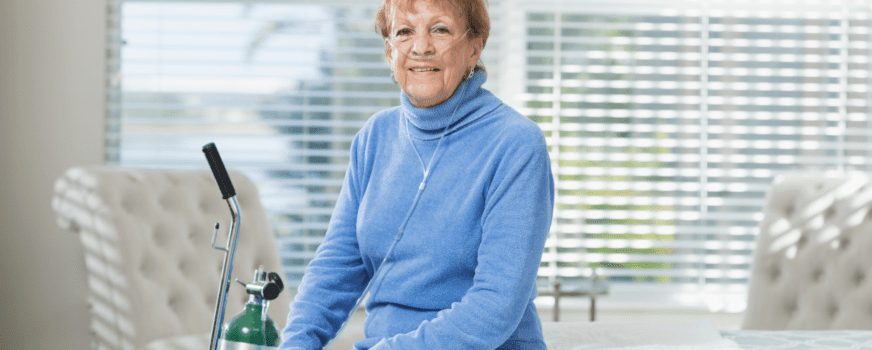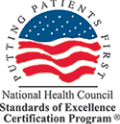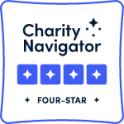Your questions answered by Skip Scribner, NREMT-P, President at Advanced Aeromedical, Inc.
Q: How do I travel on airplanes if I require oxygen?
A: Oxygen cylinders are considered a “Dangerous Good” and forbidden on aircrafts. If you require oxygen, you will need to have a portable oxygen concentrator (POC), with 1.5 times the battery life of your total travel time including the flight. Airlines vary on their requirements, be sure to check their website in advance. The airlines require 48-hour notice that you will be traveling with a POC. You will need to be seated at a window seat, no bulkhead rows and no exit rows. Always remember to use the wheelchair services to the gate, the airport terminals are very big, and you do not want to be out of breath and use more oxygen than necessary.
Q: Can I wear a facemask over my cannula?
A: Absolutely, this will help protect you on flights from COVID, influenza and other respiratory illnesses.
Q: Does altitude affect oxygen levels?
A: Our bodies do best at sea level, when we are in high altitude (between 4,900 and 11, 500 feet above sea level) less pressure is available to allow oxygen molecules to diffuse from the lungs into the blood. As we breathe, the lungs expand, causing the pressure in the lungs to decrease relative to the atmospheric pressure. At sea level, the atmospheric pressure is greater than the pressure in the lungs, and oxygen molecules can diffuse more easily into the bloodstream. Our bodies must compensate as we go to higher altitudes, including increased respiratory rate to get more oxygen, increased heart rate to help pump that oxygen to the body and we redistribute the oxygenated blood to vital organs, decreasing the flow to digestive system and commonly causing headaches and nausea.
Q: What should I have when I travel to be prepared?
A: Save important information on your smartphone, including all your hotel numbers, taxi numbers, home oxygen provider and healthcare provider information. Travel with all your prescriptions and take photos of them, too. Know the airline, cruise lines and hotel policies regarding oxygen and mobility needs. Travel with a jump starter battery kit as a battery backup for your POC.
Q: How do I know which POC is best for me?
A: First consider your oxygen flow rate, when patients require above a flow rate of 3LPM you will need to take time to see if any of the options will accommodate your respiratory needs. Then further define your oxygen usage – 24/7, nighttime only, on exertion only, altitude only. Some patients may only need a small unit like the Inogen, some may only need a small stationary unit to sleep with, others may use a hybrid unit that while larger in size, will both provide an “on demand” for portability and a “continuous flow” for sleeping. Still others may opt for two machines, a small one for portability and a small stationary for sleeping.
Whether nighttime only or oxygen travel in general, you should always start with the company who is currently providing your home oxygen equipment. They may have a “travel” program in place and can take care of your needs. I caution you to not start off a conversation using terms like “I need a POC” or “I need a portable to travel,” better just to say “I need to travel and how can you assist me.” Larger national companies may have a branch in the town where you will travel and can arrange a stationary unit for your short visit.












